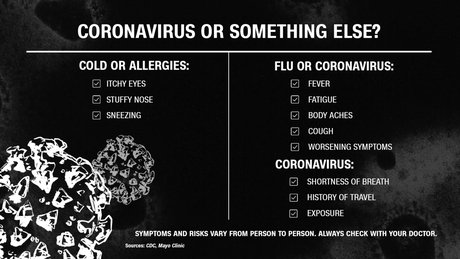History and Facts about COVID-19
Given the enormous variety of animal coronaviruses, it was not surprising when the cause of a very new, severe acute respiratory syndrome, called SARS, emerged in 2002–2003 as a coronavirus from southern China and spread throughout the world with quantifiable speed.22–24 This virus grew fairly easily in tissue culture, enabling quick sequencing of the genome. Sequencing differed sufficiently from any of the known human or animal coronaviruses to place this virus into a new group, along with a virus that was subsequently cultured from Himalayan palm civets, from which it presumably had emerged.
During the 2002–2003 outbreak, SARS infection was reported in 29 countries in North America, South America, Europe, and Asia. Overall 8098 infected individuals were identified, with 774 SARS-related fatalities.26 It is still unclear how the virus entered the human population and whether the Himalayan palm civets were the natural reservoir for the virus. Sequence analysis of the virus isolated from the Himalayan palm civets revealed that this virus contained a 29-nucleotide sequence not found in most human isolates, in particular those involved in the worldwide spread of the epidemic.25 In the animal viruses, this nucleotide sequence maintains the integrity of the 10th open reading frame (ORF); whereas in the human strains, the absence of this motif results in 2 overlapping ORFs. The function of the ORFs in the animal and human isolates is unknown, and it is unclear whether the deletion of the 29-nucleotide sequence played a role in the transspecies jump, the capacity of the epidemic strain to spread between humans or the virulence of the virus in humans. Curiously data from seroepidemiologic studies conducted among food market workers in areas where the SARS epidemic likely began indicated that 40% of wild animal traders and 20% of individuals who slaughter animals were seropositive for SARS, although none had a history of SARS-like symptoms.25 These findings suggest that these individuals were exposed through their occupation to a SARS-like virus that frequently caused an asymptomatic infection. Infection control policies may have contributed to the halt of the SARS epidemic. The last series of documented cases to date, in April 2004, was laboratory-acquired.
The SARS epidemic gave the world of coronaviruses an enormous infusion of energy and activity that contributed to the large amount already known about the virology and pathogenesis of coronavirus infections from the expanding area of veterinary virology.

NEWLY IDENTIFIED GROUP II HUMAN CORONAVIRUSES
In January 2001, a 71-year-old man who had recently returned from Shen-zhen, China, a previously SARS-endemic area, presented in Hong Kong with a fever and productive cough. Although his SARS screening was negative, a novel group II coronavirus sequence was amplified by RT-PCR from his respiratory specimen with the use of primers that targeted conserved regions of the viral replicase gene.35 This novel virus, designated HKU1, was genetically distinct from OC43, the other known human group II coronavirus. This virus could not be propagated in cell culture. Seroepidemiologic studies, based on antibodies reacting with a recombinant HKU1 nucleocapsid, suggested that human infection with HKU1 might be common.35 However, it is unclear whether the enzyme-linked immunosorbent and Western blot assays used to detect HKU1 antibody were also detecting cross-reactive antibody to OC43 or other human coronaviruses.